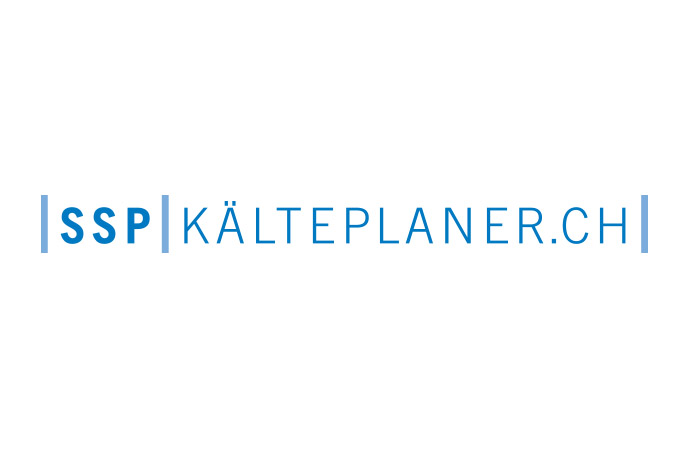The United Nations Environment Programme (UNEP) is inviting experts in refrigeration, air conditioning and heat pumps from developing countries to take part in a survey on the barriers to the uptake of Low-GWP alternatives to HCFC refrigerant. Recognising ammonia as one viable alternative, the survey aims to answer the question of what is stopping the industry from using and properly handling ammonia systems.

As part of the EU-funded “Jump-Start” project, UNEP is carrying out a study to look at barriers to the uptake of low global warming potential (GWP) refrigerants in developing countries, namely “Article 5 countries” under the Montreal Protocol. It is primarily aimed at low-GWP alternatives to HCFCs in general and to R22 in particular. To aid the acceleration of an HCFC phase-out in these countries, viable refrigerant alternatives are considered, including ammonia, carbon dioxide, and hydrocarbons. The focus is also on the use of alternatives within new equipment, rather than for the purpose of converting existing systems.
Call for input - deadline 30 July
The survey “barriers to the commercial use of low-GWP alternatives to HCFC refrigerants” is available on the internet. It is open to everyone who is involved with refrigeration, air conditioning and heat pumps, including National Ozone Units, component manufacturers, appliance manufacturers, installers and maintenance companies, refrigerant suppliers, end users and RAC trade associations.
As the focus is on developing countries, especially experts from Article 5 countries within Africa, Asia, Caribbean/Central America, Middle East and South America are invited to take part.
Please note that the survey ends on 30 July 2010. For further information, please contact barriers@re-phridge.co.uk
Main objectives of the project
The objective of the study is to identify the various barriers to the introduction and use of low-GWP refrigerants, which may relate to different stages in the development, marketing or servicing of systems and equipment, or which may relate to different stakeholders within the industry. Further to this, the intention is to determine ways and means of overcoming such barriers.
As a general guide, one may ask: “If I wanted to have a low-GWP system tomorrow, what is stopping me?” and “If I am determined to use a low-GWP refrigerant, what do I need to do?”
Call for input - deadline 30 July
The survey “barriers to the commercial use of low-GWP alternatives to HCFC refrigerants” is available on the internet. It is open to everyone who is involved with refrigeration, air conditioning and heat pumps, including National Ozone Units, component manufacturers, appliance manufacturers, installers and maintenance companies, refrigerant suppliers, end users and RAC trade associations.
As the focus is on developing countries, especially experts from Article 5 countries within Africa, Asia, Caribbean/Central America, Middle East and South America are invited to take part.
Please note that the survey ends on 30 July 2010. For further information, please contact barriers@re-phridge.co.uk
Main objectives of the project
The objective of the study is to identify the various barriers to the introduction and use of low-GWP refrigerants, which may relate to different stages in the development, marketing or servicing of systems and equipment, or which may relate to different stakeholders within the industry. Further to this, the intention is to determine ways and means of overcoming such barriers.
As a general guide, one may ask: “If I wanted to have a low-GWP system tomorrow, what is stopping me?” and “If I am determined to use a low-GWP refrigerant, what do I need to do?”
MORE INFORMATION
Related stories


















